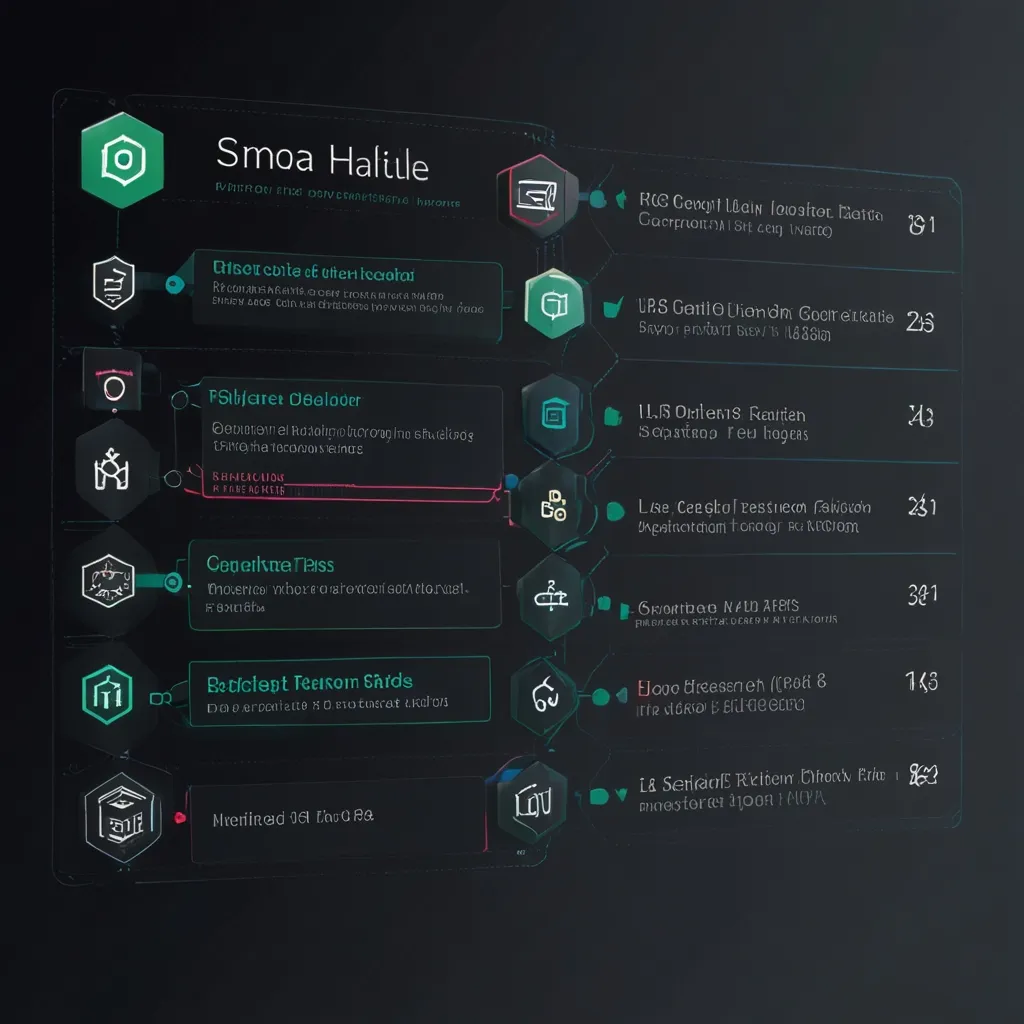When you’re thinking about building responsive websites, two heavyweights often come into play: Bootstrap and Foundation. While both are stellar tools, Foundation tends to shine a bit brighter due to its mobile-first designs and sheer flexibility. So, let’s get into what makes Foundation unique and why it’s a fantastic choice for creating stunning, responsive websites.
Foundation is an open-source, responsive front-end framework that’s been simplifying the creation of beautiful websites, apps, and emails since 2011. Developed by ZURB, it’s been the go-to for many big names like Facebook, eBay, Mozilla, and even Disney.
One of the coolest things about Foundation is its mobile-first approach. This means you start designing for smaller devices and then add complexity as the screen size increases. It ensures that your website looks and functions great regardless of device size, from tiny smartphones to large desktop screens. Starting small means your site’s essential features are accessible to everyone, no matter what device they’re on.
Foundation places a big emphasis on semantic markup. Simply put, your HTML code is clean, easy to read, and meaningful. This makes maintaining your code a breeze while also improving your site’s SEO and accessibility. You get to write neat code without compromising on utility or speed.
Customization is where Foundation truly shines. You can tweak pretty much everything to your heart’s content - including or excluding specific elements, adjusting column sizes, picking colors, and setting font sizes. Whether you’re building a straightforward blog or a complex e-commerce site, Foundation’s customization options help you match your brand perfectly.
The XY grid system is another of Foundation’s standout features. This grid allows you to control layout in both horizontal and vertical positions, giving you precise design control. It uses the box-sizing: border-box property to manage gutters between columns, making complex, responsive layouts easy to achieve.
Foundation also comes with several built-in features that elevate user experience, like smooth scrolling. This feature adds a polished touch to your site’s navigation, especially useful for long pages or single-page applications where user navigation matters most.
Rapid prototyping is a breeze with Foundation’s built-in functionalities. This means you can experiment with design ideas quickly, saving hours on setup. The framework offers pre-built components and templates to jumpstart your project, streamlining the development process significantly.
The Foundation community is robust, with a wealth of developers and designers contributing to its growth. You can find plenty of support, no matter your skill level. ZURB, the company behind Foundation, provides comprehensive training, offering a range of courses and certification programs. These resources can help you master the framework and keep up with best practices.
Foundation’s impact can be seen in many successful sites and applications. Major companies like Facebook and eBay use Foundation’s responsive design to ensure their websites adapt seamlessly to different screen sizes. It’s a testament to Foundation’s ability to deliver user-friendly, responsive designs.
Building responsive emails is another area where Foundation excels. Foundation for Emails ensures your emails look fantastic on any device, which is crucial in today’s marketing landscape where mobile opens are rising. Whether it’s a phone, tablet, or desktop, Foundation has your email design covered.
Foundation offers a wealth of learning resources for newcomers. Plenty of introductory and advanced training courses, along with certification programs, ensure that you can get up to speed quickly. These training resources not only teach you the ins and outs of Foundation but also enhance your credibility in the job market.
For the advanced developers out there, Foundation offers features like Sass integration and a robust build system, helping you automate tasks and customize to your heart’s content. You can delve into advanced JavaScript customizations to add complex, interactive elements to your site.
Foundation is a powerhouse for any developer focused on building responsive, mobile-first websites. Its devotion to semantic markup, customization, and ease of use makes it an excellent choice for projects, no matter the size. Whether you’re working on a personal blog or a complex enterprise-level application, Foundation provides the flexibility and support you need for creating stunning and user-friendly websites that look great on any device.
By tapping into Foundation’s array of features, you’re setting your site up to be not only visually appealing but also functional and accessible. Its strong community and wealth of resources make it an extraordinary choice for anyone looking to elevate their web development game. So, why not give it a shot? With Foundation, you’re building websites that not only look amazing but also stand out in today’s digital world.






